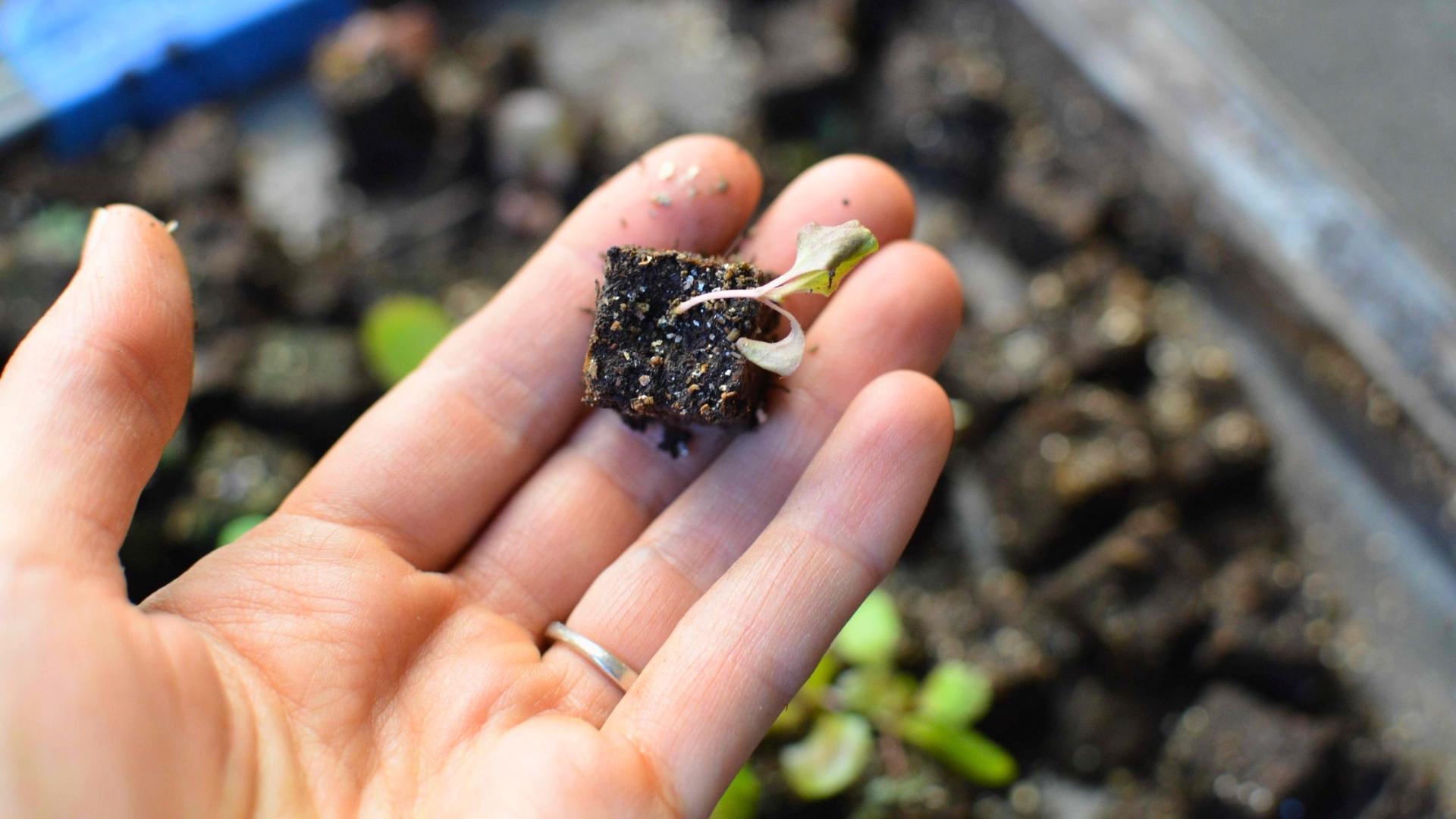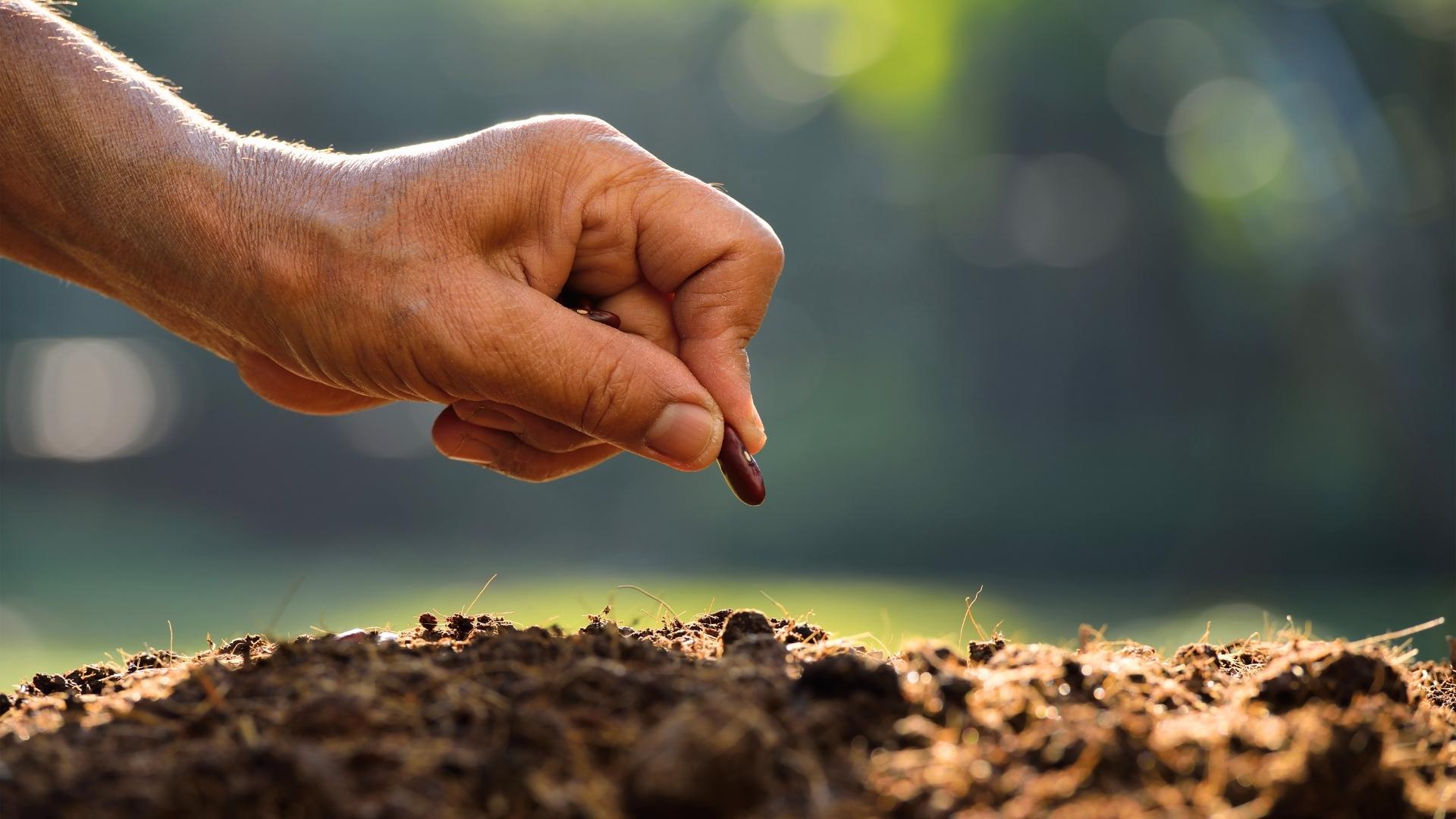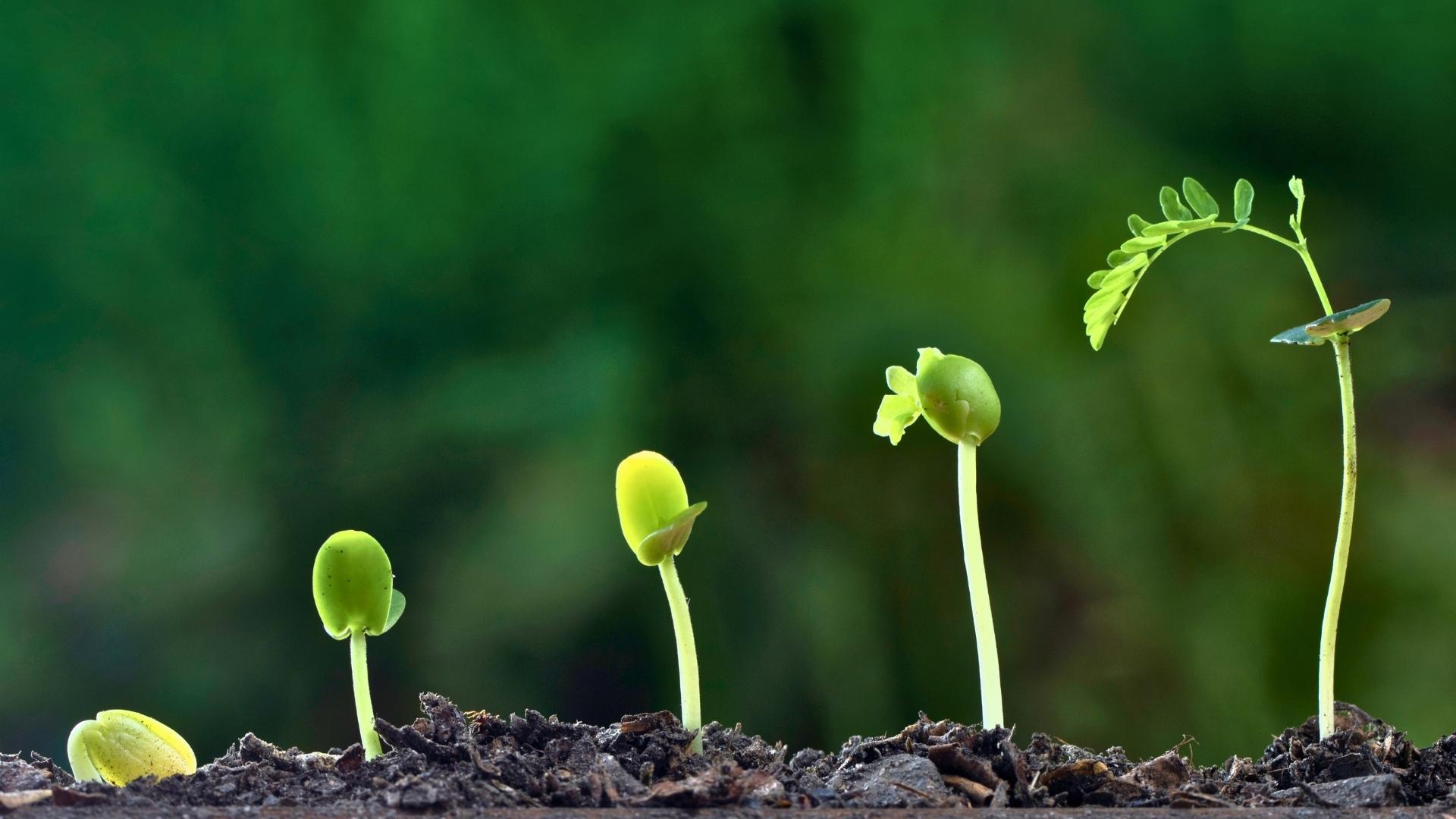6 Most Common Seed Starting Mistakes and How to Avoid Them

Here are some of the most common Seed Starting Mistakes you can avoid to improve your seed germination rate and propagate healthy new plants.
Starting seeds indoors is a great way to improve the yield, health, and success of a garden. Not only will you wind up with a larger variety of plants, but you’ll also have better control of how your plant is grown from seed to harvest You can save a ton of money, too. After all, a packet of a hundred seeds, on average, can cost just a few dollars, while a six-pack of seedlings will often run you twice that amount.
That’s not to say that seed starting is necessarily easy, though. There are several pitfalls that you can encounter on your journey, particularly if you are new to the chore. That’s why we are sharing some of the most common seed-starting mistakes people make, and just how you can avoid them for a better harvest.

1. Overwatering. My kids recently experienced this one. They get so excited for starting their seeds and want to take the best care of them. It’s kind of like smothering a pet, you love it so much it hurts the pet. Don’t do that with your seeds. Wait until the soil is beginning to feel almost dry to water. And I mean almost dry, not completely dry. There should still be a bit of moisture in the soil. Your little seedling babies will be ok, I promise.
2. Not watering enough. A little stress on your seedlings will prepare them for the outdoors. However, you never want to wait so long to water that the seedlings start to shrivel up and die.
If it happens to you, don’t fret! Most plants will show they need water before they fully die off! Tomatoes are a good example. They will start to droop and look sad. If you catch it in time, water them ASAP and remove them from light and moving air. This will give the cells time to recover and soak up the water.

3. Not enough light. This is a huge and very common seed starting mistake! Invest in a shop light and use it for your seedlings. Do not use window light! It doesn’t provide enough light. It will weaken your seedlings right from the beginning and they will be leggy.
If your only starting a small amount of seeds, invest in 2 shop lights and hang them parallel to each other. It is worth the small investment. You want the lights on for about 16 hours per day. To start out, you don’t need special bulbs or grow lights. Regular fluorescent lights work just fine and will give the light your seedlings need.
However, make sure if you are using regular fluorescent shop lights that they hover just above your seedlings at all times. I’m talking an inch or less. You will need to adjust the lights as they grow.
4. Placing Incorrectly. Plant seeds at a spot in full view or where you often visit, so you do not forget to take care of them. The ideal place would be a countertop, table, windowsill, greenhouse, or a separate seed sowing space in your garden. Any sheltered space with the correct amount of warmth, humidity, and light conditions will work.

5. Starting too many seeds. Although it’s an admirable goal to want to grow enough food to feed your entire family, unfortunately, you’re not going to be able to do everything at once. You need to start small and practice some restraint. Start small and have a list of what you want to grow and how much – and make sure you stick to that list once you start shopping!
6. Planting too deep…or not deep enough. Read the seed packet carefully before you plant – it will tell you everything you need to know to start your seeds. One of the most important pieces of information is how deep you should sow your seeds.A general rule of thumb you can follow is to plant your seed about two times as deep as the size of the seed. Seeds that are large will need to be planted deep, while seeds that are small, like carrots, should be planted shallowly.
Planting too deeply will prevent your seeds from accessing the light, water, and nutrients they need. Planting too shallowly, though, can cause your plants to develop poor roots or to fail to germinate at all.















